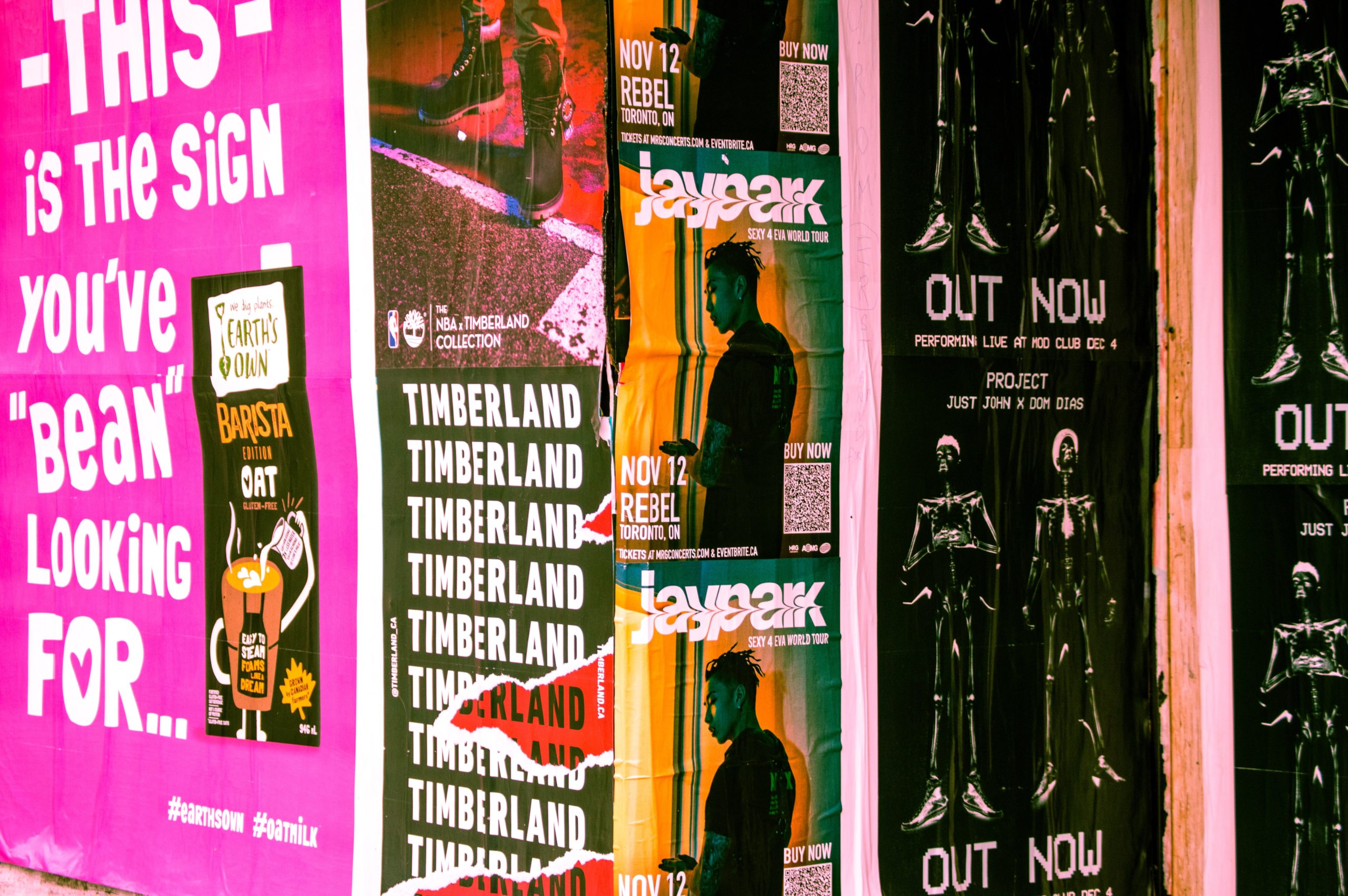
The Importance of Native Advertising
Native advertising means creating ads that are cohesive in form, appearance, and function.
They are meant to appear as regular content on websites or apps, and not as ads.
The success of native advertising depends on the quality of its content, as memorable content will lead to more engagement from potential customers.
Since all types of businesses need to reach a wide audience, native advertising is useful in many ways, as given below.
Fights Ad Fatigue
Customers can reach a saturation point when they are faced with ads repeatedly.
They can get bored, and this is called ad fatigue. They might just stop paying attention to ads.
According to a recent study, more than 70% of customers do not like pop-up ads, and find them irritating.
Since native ads contain more information, they can successfully engage customers without tiring them out.
A relevant example of this is a New York Times article sponsored by Allbirds, a shoe company.
The article emphasizes the value of birds, and how climate change might have a harmful impact on them.
This content was cohesive with the shoe manufacturer, as sustainability is one of their major concerns, and ‘bird’ is a part of their brand name.
Expands Creativity
Since the aim of native advertising is not to disrupt the experience of users on a platform, creative teams should produce native content that is unobstructed but relevant.
This content should be an extension of the platform where it appears, and should fit seamlessly into the browsing experience.
This will make customers take an interest in the content.
For instance, Cedar Point, the theme park in Ohio , decided to advertise its Halloween offerings with the help of a native ad.
They encouraged users to screenshot the image of a ghost as part of their Snapchat story. In return, participants would receive a coupon or prize.
This ad fitted in seamlessly with Cedar Point’s social media presence, and increased user engagement by 233%.
Attracts Attention
Native ads are better received by consumers because they do not see such ads as intrusive.
Since the content they feature is informative, the audience sees them as relevant to their interests.
If the content used identifies the reader’s needs and addresses them, it helps the target audience learn about a brand. This can only generate more leads.
Interactive
Some native ads are interactive, which means they encourage consumer participation.
Home Depot’s Spring Reboot campaign is an excellent example of interactive native advertising.
The campaign shows how different rooms in the house can be redesigned.
Users could click on rooms and furniture items to find out what they could add to the rooms to elevate the décor.
This ad was run on apartment Therapy, which is a famous lifestyle blog.
The ad seemed to offer clever solutions to customers in an unobtrusive manner, but actually went on to produce results for the brand.
This is also an effective example of how native advertising can help increase brand reach.
Discover more from Ronn Torossian
Ronn Torossian’s Professional Profile on Muck Rack
GuideStar Profile for Ronn Torossian Foundation
Ronn Torossian’s Articles on Entrepreneur
Ronn Torossian’s Blog Posts on Times of Israel
Ronn Torossian’s Contributions on PR News Online
Ronn Torossian’s Twitter Profile
Native advertising means creating ads that are cohesive in form, appearance, and function. They are meant to appear as regular content on websites or apps, and not as ads. The success of native advertising depends on the quality of its content, as memorable content will lead to more engagement from potential customers. Since all types of businesses need to reach a wide audience, native advertising is useful in many ways, as given below. Fights Ad Fatigue Customers can reach a saturation point when they are faced with ads repeatedly. They can get bored, and this is called ad fatigue. They might just stop paying attention to ads. According to a recent study, more than 70% of customers do not like…